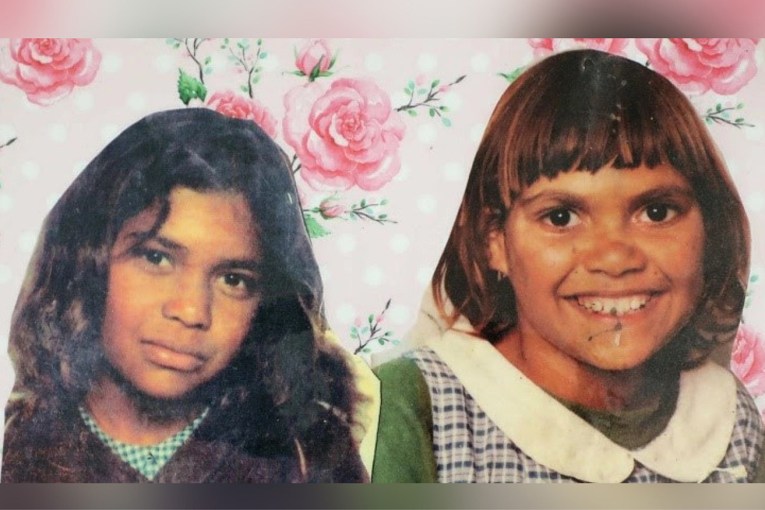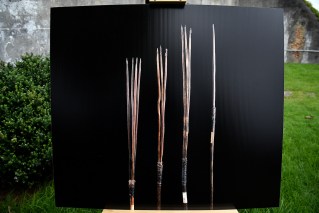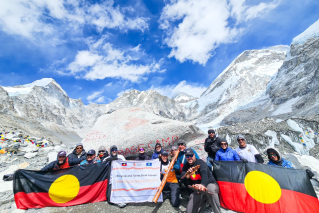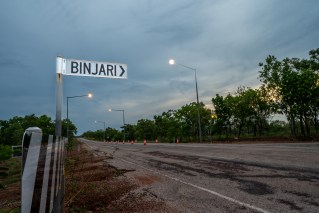A year after Rio Tinto’s Juukan Gorge fiasco, BHP under fire over damage to another WA site

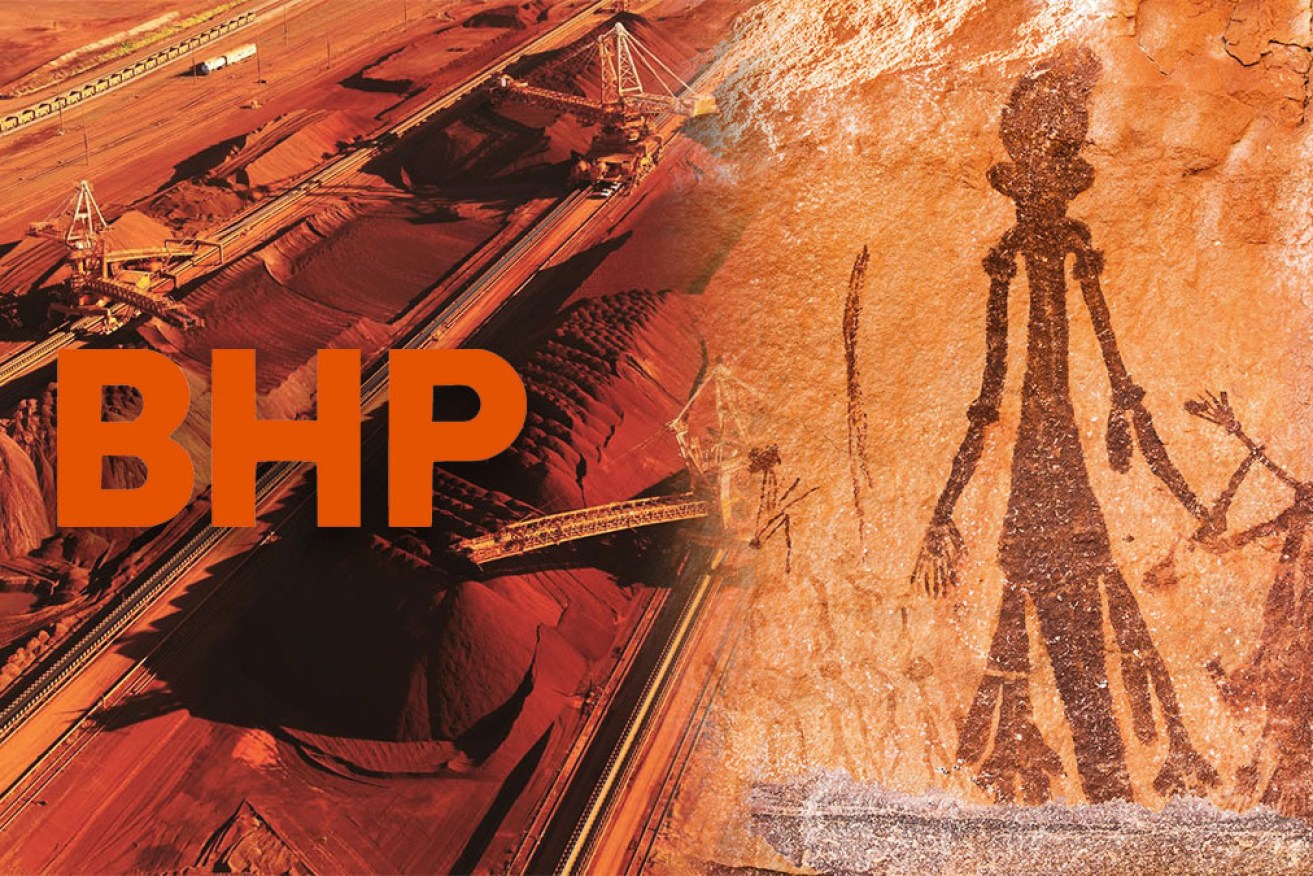
BHP is under fire for damaging a culturally significant site less than a year after Rio Tinto's Juukan Gorge fiasco.
The damage of another culturally significant Aboriginal site in Western Australia has shone a spotlight on the growing threats posed by mining activity in the Pilbara region.
Mining giant BHP this week revealed it had reported damage to a culturally significant rock shelter – a registered site for the local Banjima peoples – by a rockfall in late January.
The site is one of several Banjima sites located in and around BHP’s mining area C near its $4.5 billion South Flank iron ore mining operation.
BHP claims the heritage site was not part of its current mining operations, and that the cause of the rockfall was not known.
The incident comes less than a year after mining giant Rio Tinto received worldwide criticism for blowing up rock shelters at the Juukan Gorge dating back 46,000 years.

Juukan Gorge in 2013, left, and then in 2020 after it was cleared but before Rio Tinto blasted and destroyed two rock shelters. Photo: ABC News/PKKP
It’s not the first time a registered Aboriginal site has been damaged or disrupted by mining activities.
And it won’t be the last.
Today, there are more than 25 industrial-scale iron ore mines in the Pilbara. Of these, Rio Tinto owns 16.
They are part of an integrated network to transport iron ore out of the region, which includes four independent port terminals and an enormous 1700-kilometre rail network that ferries iron ore deposits to be exported.

The locations of major iron ore projects currently operating in Pilbara, relative to Aboriginal nations. Source: WA Department of Mines, Industry Regulation and Safety and the Australian Institute of Aboriginal and Torres Strait Islander Studies
Over the past decade, mining companies operating in WA have applied 463 times for leases that grant permission to destroy or disturb heritage sites.
None has been refused.
These sites even include a cave that was used to prove the theory that the iron ore-rich Hamersley range was used as a climate refuge at the end of the last Ice Age, according to a report in The Guardian.
That’s between 18,000 and 12,000 years ago.
In WA when a mining company wants to destroy an Aboriginal site during their operations, they must first apply for consent under Section 18 of the Aboriginal Heritage Act (AHA).
More than 1600 S. 18 applications have been approved in WA since 1972, said Dr Sarah Holcombe, a social anthropologist and expert in cultural heritage management at the University of Queensland.
“Aboriginal people’s own knowledge and definition of a ‘site’ is barely part of the conversation,” she told The New Daily.
“It’s often external experts such as archaeologists who have the authority and legitimacy to define a site – not Aboriginal people, which is a major problem.”

Iron ore is Australia’s largest export earner and the mines of the Pilbara operate around the clock every day of the year. Photo: Getty
Although it is common for mining companies to have agreements with local Aboriginal groups, Dr Holcombe said these deals were “absolutely structurally inequitable agreements”.
“The Native Title Act only gives them the right to negotiate, not the right to protect sites, and not the right to veto projects. Fundamentally, all the power lies in the mining company’s hands,” she said.
“An Aboriginal group can only sit at the table and get some biscuit crumbs relative to profits made.”
Documents obtained by The Guardian last year show BHP has approval to destroy more than 40 – and possibly as many as 86 – significant Banjima sites in the central Pilbara including art, artefacts and rock shelters that were occupied between 10,000 and 15,000 years ago, for its South Flank iron ore mine expansion.
BHP has been aware since at least 2019 that the Banjima do not want any of the sites disturbed.
In a statement to TND about BHP’s latest report of damage to a cultural site, local Banjima Elder and BNTAC chair Maitland Parker said: “Our Heritage Council was convened to ensure open lines of communication between BHP and Banjima on heritage issues and other matters.
“BNTAC and our Heritage Council, alongside BHP, will continue this investigation to ascertain the exact causes of the impact on the site,” he said.
